Compared to other food sectors, the confectionery industry is a unique and diverse sector in that it involves an assorted range of textures. Food technologists design these different textures to meet market expectations, and to satisfy the needs of consumers. Many formulations and ingredients are used to develop unique textures, and the availability of these products helps in producing a wide range of confectionery products (Figure 1).

Figure 1. Confectionery items
When producing these confectionery items, it is important to get the right texture consistency, but this can prove to be a challenging prospect when different ingredients are being combined, or the manufacturing methods are being modified to improve the quality of new or end products. In other words, continual advancements in the confectionery sector carry a risk, because products may not meet the desired quality standards or may not perform well according to market expectations. To overcome these issues, several techniques have been developed.
Bulk Analysis
More accurate results can be obtained when tiny particulates in meringue and other confections are measured in bulk form. Bulk analysis (Figure 2) is suitable for measuring biscuit pieces, meringue, honeycomb, and other confectionery ingredients, and can also be used for crunch testing of malt ball inclusions.
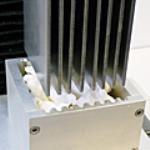
Figure 2. Bulk analysis
Compression
Compression tests (Figure 3) can be used for conducting texture profile analysis on gummy sweets and marshmallows, and for improving both consistency and formulation of tablet sweets.
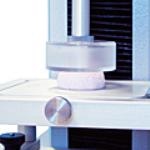
Figure 3. Compression test
Extrusion
The back extrusion method (Figure 4) is suitable for determining the flow, consistency, and thickening of semi-solids, pastes, and viscous liquids. It is possible to test products in their own packaging. This method can be used for:
- Comparing between full fat and low-fat chocolate spread
- Evaluating varied formulations of fillings
- Extrusion force testing of caramel as a process indicator
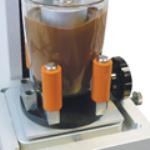
Figure 4. Extrusion test
Penetration and Puncture
Penetration and puncture test (Figure 5) can be used for:
- Determining internal hardness of fillings that have soft centers
- Penetrating toffee pieces to determine stickiness and hardness properties
- Assessing friability and shattering characteristics of delicate sweets
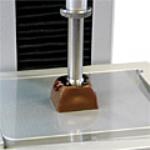
Figure 5. Penetration and puncture test
Multiple Point Penetration
Multiple point penetration test (Figure 6) can be used for:
- Evaluating gum softness
- Determining the consistency of fillings in nougat bars
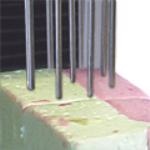
Figure 6. Multiple point penetration test
Shear
In shear tests (Figure 7), nougats are sliced to determine the average hardness from their cross-sections. Cross-sections of samples can be analyzed using wires and blades to slice through them. These wires and blades mimic the actions applied by the incisor teeth. Attributes such as bite strength, tenderness, cook quality, and toughness were assessed. The difference in product textures is determined by cutting through the entire sample. A shear test can be used for:
- Assessing the crispiness of sugar coatings
- Determining the bite profile of confectionery bars
- Slicing through nougats to evaluate formulation change
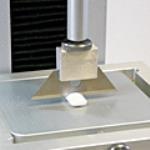
Figure 7. Shear test
Snap, Bend, and Break
The three-point bend method (Figure 8) is suitable for measuring the break strength in sheet type or larger bar confectionery items. This method can be used for:
- Measuring break strength of products like chocolate bars
- Determining flexure or snap crisp bar-shaped products
- Measuring bite and break properties of mints and tablet-shaped sweets and candies
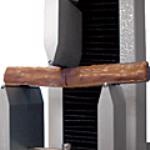
Figure 8. Snap, bend, and break
Tension
A tension test (Figure 9) can be used for determining the elasticity of laces and gums. Samples are allowed to stretch until they break at their weakest point to quantify elasticity and break resistance properties. Stretching the gum to assess its extensibility is another example of a tension test.

Figure 9. Tension test

This information has been sourced, reviewed and adapted from materials provided by Mecmesin.
For more information on this source, please visit Mecmesin.